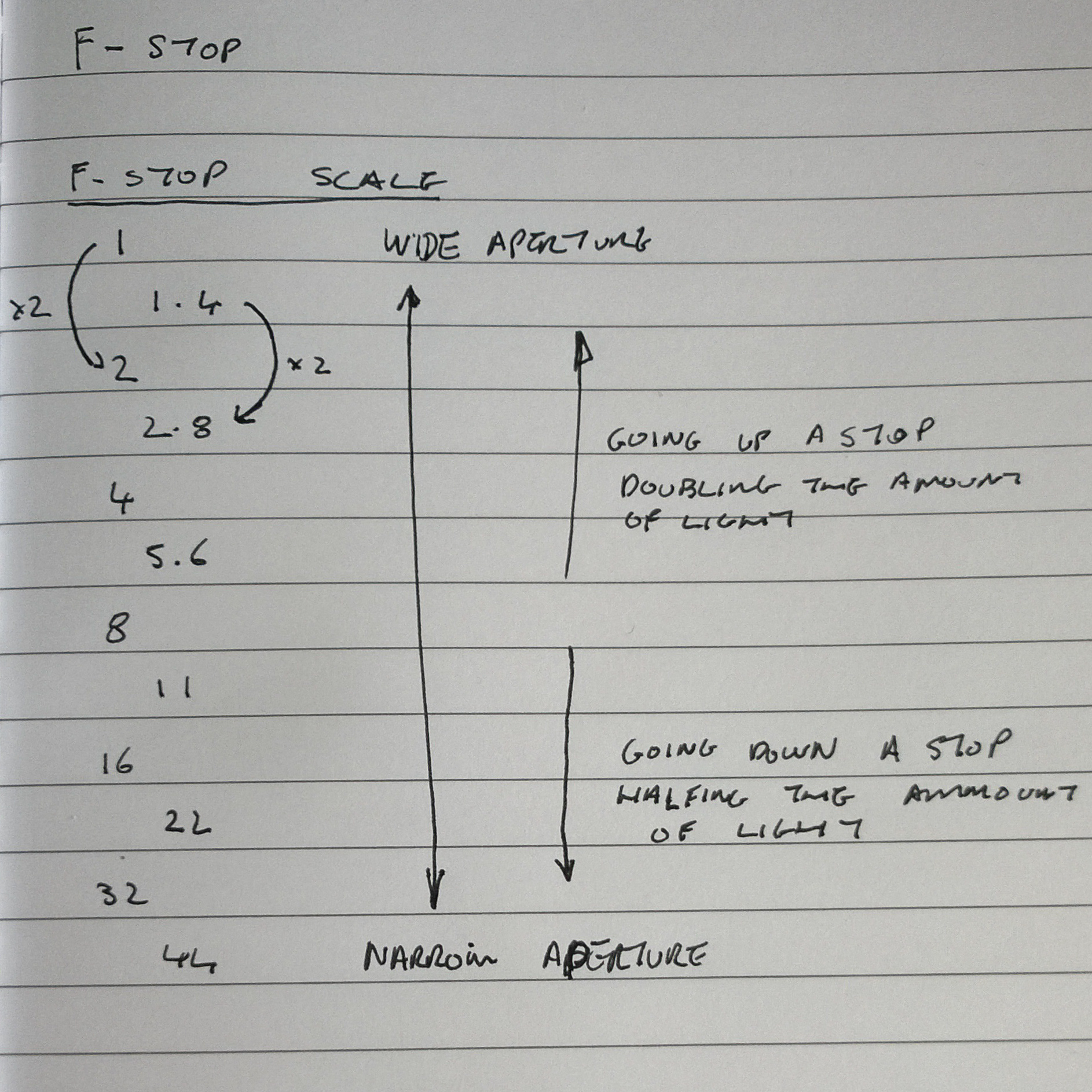
 The The aim of the project was to get to know my camera better. I have a Nikon D700 Digital SLR camera. I have had the camera for around two years and have used it to shoot portraits and weddings as well as family photographs, so I am very familiar with the operation of the camera.
I downloaded the manual from the Nikon website and set about the task of grinding through the 400 pages of highly technical information. It has to be said that this book is not a page turner filled with intricate plot twists and detailed characterisation. I managed to get through the sections on getting to know the camera, focus, release modes, ISO, exposure, white balance, and flash photography quite quickly as I am relatively familiar with how these work on the D700. Then the manual takes a turn for the worse as it gets into the "menu guide" section and starts to break down each menu item into much greater detail. This did give me a feel for what highly complex piece of equipment the camera is and the level of customisation available to professional photographers who want to have a suite of settings to use in particular situations. Many modern cameras have the ability to upgrade their firmware and my camera is no exception. Firmware upgrades provide bug fixes, new functionality, or give the camera the ability to operate with new accessories and equipment. This exercise prompted me to check and I was indeed several firmware versions behind. I simply follow the instructions in the manual, download the latest firmware, and upgraded the camera.
The The aim of the project was to get to know my camera better. I have a Nikon D700 Digital SLR camera. I have had the camera for around two years and have used it to shoot portraits and weddings as well as family photographs, so I am very familiar with the operation of the camera.
I downloaded the manual from the Nikon website and set about the task of grinding through the 400 pages of highly technical information. It has to be said that this book is not a page turner filled with intricate plot twists and detailed characterisation. I managed to get through the sections on getting to know the camera, focus, release modes, ISO, exposure, white balance, and flash photography quite quickly as I am relatively familiar with how these work on the D700. Then the manual takes a turn for the worse as it gets into the "menu guide" section and starts to break down each menu item into much greater detail. This did give me a feel for what highly complex piece of equipment the camera is and the level of customisation available to professional photographers who want to have a suite of settings to use in particular situations. Many modern cameras have the ability to upgrade their firmware and my camera is no exception. Firmware upgrades provide bug fixes, new functionality, or give the camera the ability to operate with new accessories and equipment. This exercise prompted me to check and I was indeed several firmware versions behind. I simply follow the instructions in the manual, download the latest firmware, and upgraded the camera.
F-stop
This number is a ratio of focal length to Aperture. This means that you can be sure when you use the same f-stop regardless of the lens you are using, the same amount of light is hitting the sensor (or film) in the camera.
So using the f-stop ratio the higher the f-stop number the smaller the aperture and vice versa. Controlling the aperture is one of the ways we can control the amount of light hitting the sensor. By increasing the size of the aperture we increase the amount of light entering the camera. The amount of light is not the only thing affected by the aperture. Depth of field will also change when the aperture is changed.
We also have another method for controlling the amount of light hitting the sensor, and that is the shutter speed. The shutter is a mechanism that controls the amount of time that the sensor is exposed to light. We can have that widest aperture imaginable but no light will hit the sensor unless we activate the shutter. The longer the shutter speed, the more time the sensor is exposed to the light entering the camera. By combining these two elements we get exposure. There is a third element of exposure which has become more prominent with the advent of digital photography, and that is ISO. With film cameras you selected your film based on the conditions you thought you would be shooting in. So if you’re shooting outside on a bright sunny day, you would select a film with a low ISO. You would therefore be stuck with that ISO for the number of exposures on that film. On digital cameras ISO is a measure of the sensitivity of the sensor and can be adjusted for each shot if necessary. The higher the ISO number the more sensitive the sensor.
